“Ninh Binh or Sapa – which is better?” It’s a fantastic question because both are incredibly beautiful and offer unique experiences, but they are also wonderfully different! There’s no single “better” place; it truly depends on what you are looking for in your holiday – your interests, the kind of scenery that calls to you, the activities you enjoy, and even the time you have.Both are crown jewels of Northern Vietnam, but they offer vastly different charms. So, when it comes to “Ninh Binh or Sapa – which is better?” The answer lies in your personal travel dreams.
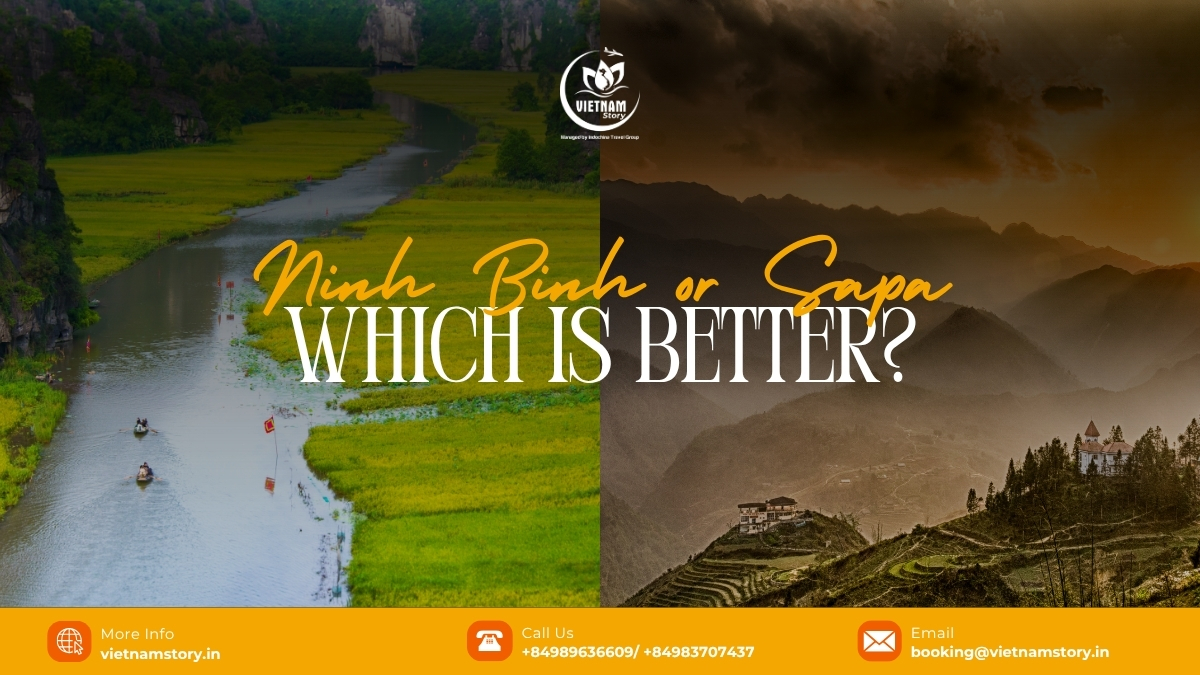
Spotlight on Ninh Binh: Why choose the ‘Halong Bay on Land’?
Ninh Binh, often affectionately called “Halong Bay on Land,” is a realm of dramatic limestone karsts rising from serene rivers and lush rice paddies. It’s a place of breathtaking natural beauty intertwined with rich history.
Iconic landscapes and scenery of Ninh Binh
- Trang An Scenic Landscape Complex (UNESCO World Heritage): This is the heart of Ninh Binh. Imagine gliding on a traditional sampan boat through crystal-clear waters, navigating under mystical caves (like Sang Cave, Toi Cave), and passing ancient temples nestled at the foot of towering karsts. It’s a truly mesmerizing experience.
- Tam Coc (Three Caves): Famous for its boat rides along the Ngo Dong River, flanked by vibrant Ninh Binh rice fields (especially stunning in green or golden season) and limestone cliffs.
- Mua Caves (Hang Mua): Climb the 500 steps to the dragon viewpoint for arguably the most spectacular panoramic vista of the Tam Coc valley and its iconic river snaking through the karsts and rice fields. A must-do for photographers!
Cultural and historical significance in Ninh Binh

Hoa Lu Ancient Capital: The former capital of Vietnam in the 10th and 11th centuries. Explore the temples dedicated to Emperor Dinh Tien Hoang and Emperor Le Dai Hanh, soaking in the historical aura. For my Indian friends with a deep appreciation for ancient history, Hoa Lu offers a fascinating glimpse into Vietnam’s imperial past.
Activities in Ninh Binh
- Gentle boat trips, cycling through picturesque villages and rice paddies, exploring caves, visiting pagodas (like Bich Dong Pagoda).
- It’s more about soaking in the serene beauty and historical ambience at a relaxed pace.
Atmosphere and vibe of Ninh Binh
Generally tranquil, relaxing, and incredibly picturesque. The pace is slower, ideal for unwinding and connecting with nature.
Why Ninh Binh appeals to Indian travellers?

- The unique karst landscape is unlike anything in India.
- The spiritual ambiance of ancient temples and pagodas resonates.
- Relatively easy to access from Hanoi, making it suitable for shorter trips or as part of a larger itinerary.
- Family-friendly activities like boat rides and cycling.
- Excellent for photography.
Spotlight on Sapa: Why choose the ‘Tonkinese Alps’?
Sapa, nestled high in the Hoang Lien Son mountains (often dubbed the Tonkinese Alps), is a land of dramatic terraced rice fields, towering peaks (including Vietnam’s highest, Fansipan), and vibrant ethnic minority cultures.
Iconic landscapes and scenery of Sapa
- Terraced Rice Fields: Sapa is world-renowned for its breathtaking terraced rice fields, sculpted into the mountainsides by generations of ethnic minority farmers. These change colour dramatically with the seasons – vibrant green, golden yellow, or mirror-like water paddies. Many Indian travellers who have seen terraced farming in hill stations will still be awestruck by the scale and beauty here.
- Fansipan Mountain (“The Roof of Indochina”): Reach the summit via a thrilling cable car ride for awe-inspiring views (on a clear day!) across the mountain ranges.
- Muong Hoa Valley: A stunning valley perfect for trekking, with cascading rice terraces and traditional villages.
Cultural and historical significance in Sapa
Rich Ethnic Minority cultures: Sapa is home to several ethnic groups, most notably the H’mong and Dao people, each with their distinct languages, colourful traditional attire, and customs. Visiting local villages like Cat Cat, Ta Phin, or Lao Chai offers a chance to experience their unique way of life. This cultural immersion is a huge draw.
Activities in Sapa
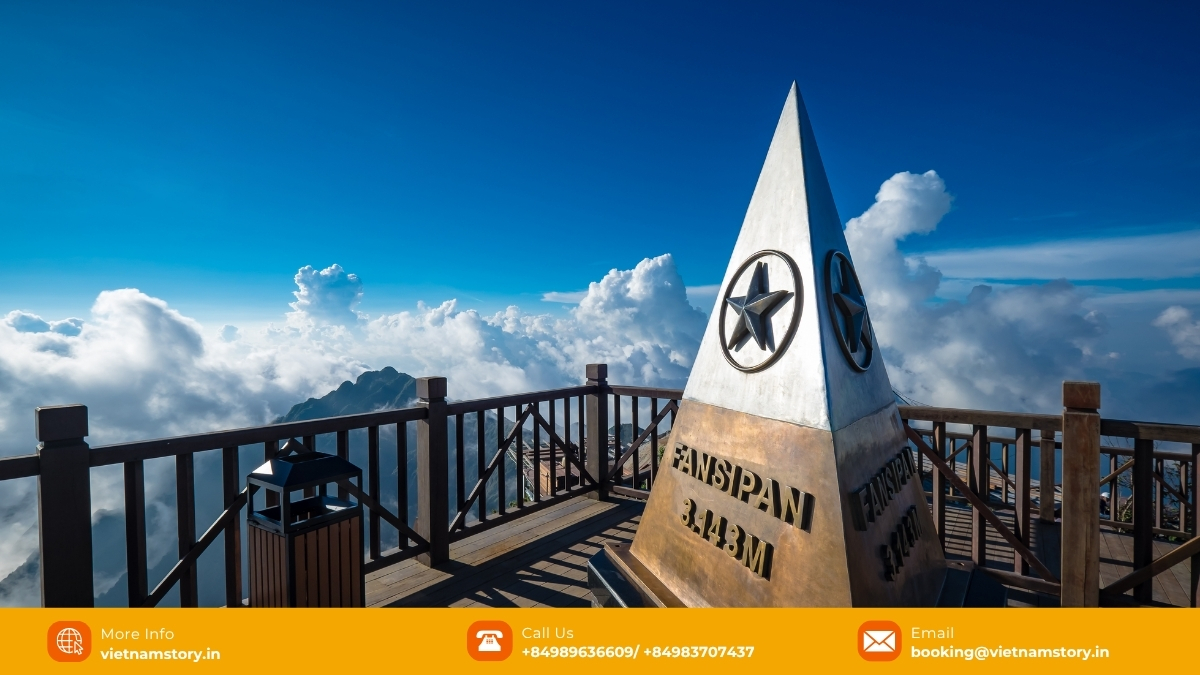
- Trekking is the main activity, with trails ranging from easy village walks to challenging multi-day hikes.
- Cable car to Fansipan, visiting local markets (like Sapa Market or Bac Ha Market if you time it right), exploring villages, herbal baths.
- It’s more about active exploration and cultural interaction.
Atmosphere and vibe of Sapa
Mountainous, cooler (can be quite cold in winter, sometimes with frost or even snow!), vibrant with ethnic culture, and a hub for adventure seekers. The town itself can be bustling.
Why Sapa Appeals to Indian travellers?
- The majestic mountain scenery and cooler climate offer a refreshing contrast.
- The vibrant ethnic cultures and colourful textiles are fascinating.
- Trekking opportunities appeal to adventure enthusiasts.
- The experience of seeing such extensive terraced rice farming is unique.
Ninh Binh or Sapa: A head-to-head for Indian travellers
Let’s break down the comparison based on factors important for your decision:
Landscape and scenery
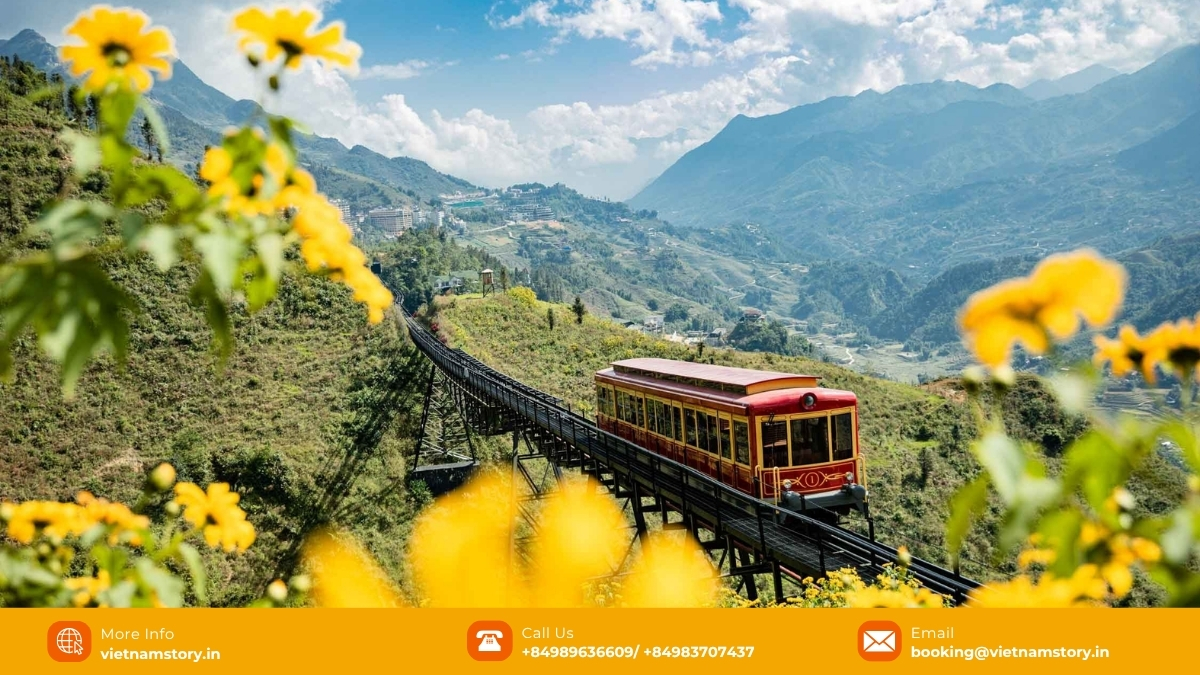
- Ninh Binh: Unique limestone karsts, serene rivers, caves, flatter rice paddies. “Halong Bay on Land.”
- Sapa: Towering mountains, cascading terraced rice fields, deep valleys. “Tonkinese Alps.”
- Verdict: Both are stunningly beautiful, just different. If you prefer dramatic riverine landscapes, pick Ninh Binh. If majestic mountains and terraced fields call to you, Sapa is your choice.
Cultural experience
- Ninh Binh: Focus on ancient Vietnamese history (Hoa Lu), Buddhist pagodas, and rural Vietnamese life in the Red River Delta.
- Sapa: Immersion in the living cultures of ethnic minority groups (H’mong, Dao, Tay, etc.), their traditions, handicrafts, and way of life.
- Verdict: For deep Vietnamese history, Ninh Binh. For vibrant, distinct ethnic minority cultures, Sapa.
Activities and adventure level
- Ninh Binh: Gentle boat trips, cycling, cave exploring, climbing Mua Caves (moderate effort). Generally less strenuous.
- Sapa: Trekking (from easy to challenging), Fansipan cable car, village visits. Can be more physically demanding depending on your choices.
- Verdict: For relaxed exploration and scenic enjoyment, Ninh Binh. For active trekking and mountain adventures, Sapa.
Travel time and accessibility from Hanoi
- Ninh Binh: Approx. 2 – 2.5 hours by car/bus/train from Hanoi. Easy day trip possible, but 2 days/1 night is ideal.
- Sapa: Approx. 5-6 hours by bus or overnight train (8-9 hours) from Hanoi. Requires at least 2 days/1 night, but 3 days/2 nights is better to fully experience it.
- Verdict: Ninh Binh is much quicker and easier to access, making it better for shorter trips.
Best time to visit and weather
- Ninh Binh:
- Rice Seasons: May-June (golden harvest) & Sept-Oct (green or golden).
- Dry Season (Nov-Apr): Pleasant weather, good for all activities.
- Climate is generally warmer than Sapa.
- Sapa:
- Rice Seasons: May-June (planting/green) & Sept-Oct (golden harvest).
- Dry Season (Mar-May & Sept-Nov): Best for trekking, clear skies.
- Winter (Dec-Feb): Can be very cold, foggy, occasional frost/snow. Offers a different kind of beauty if you don’t mind the chill.
- Verdict: Both have peak beauty during rice seasons. Sapa offers a cooler escape, while Ninh Binh is generally milder. Consider your weather preference.
Accommodation styles
- Ninh Binh: Wide range of Ninh Binh homestays (often charming bungalows amidst nature), guesthouses, and comfortable hotels.
- Sapa: Numerous hotels in Sapa town (from budget to luxury), and many authentic homestays in the surrounding villages offering immersive cultural experiences.
- Verdict: Both offer excellent homestay experiences, which I highly recommend for authentic local interactions.
Food considerations for Indian palates
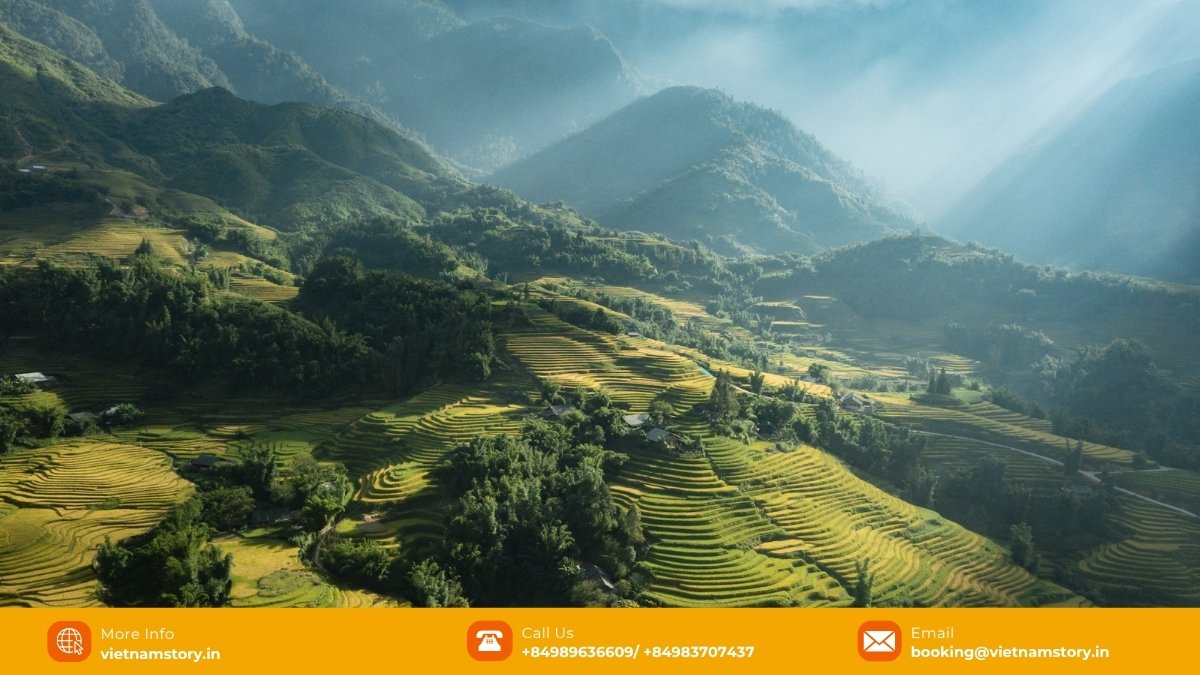
- Ninh Binh: Famous for goat meat (Dê Núi) and “cơm cháy” (crispy burnt rice). Vegetarian options (“Cơm Chay”) are readily available in tourist areas.
- Sapa: Try local salmon/sturgeon (farmed), “thắng cố” (a traditional H’mong horse meat stew – adventurous eaters only!), and lots of fresh mountain vegetables. Vegetarian food is also available, especially in homestays if you inform them.
- Verdict: Both can cater to Indian palates, including vegetarian needs. Homestays in both locations are usually very accommodating if you communicate your preferences.
READ MORE: Vietnam’s Weather: A comprehensive guide for planning your perfect trip
So, Ninh Binh or Sapa – Which is Better?
Choose Ninh Binh if
- You have limited time (e.g., a short side trip from Hanoi).
- You love serene river journeys, unique karst landscapes, and cave exploration.
- You’re interested in ancient Vietnamese history and tranquil pagodas.
- You prefer gentler activities like cycling and relaxed boat trips.
- You are travelling with young children or those with limited mobility.
- You want stunning, easily accessible photography spots like Mua Caves.
Choose Sapa if
- You crave majestic mountain scenery and are fascinated by terraced rice fields.
- You’re keen on trekking and active outdoor adventures.
- You want to immerse yourself in the vibrant cultures of ethnic minority groups.
- You don’t mind a longer journey from Hanoi and have at least 2-3 days.
- You enjoy cooler mountain climates.
- You want the thrill of reaching the “Roof of Indochina” (Fansipan).
Can you do both Ninh Binh and Sapa?
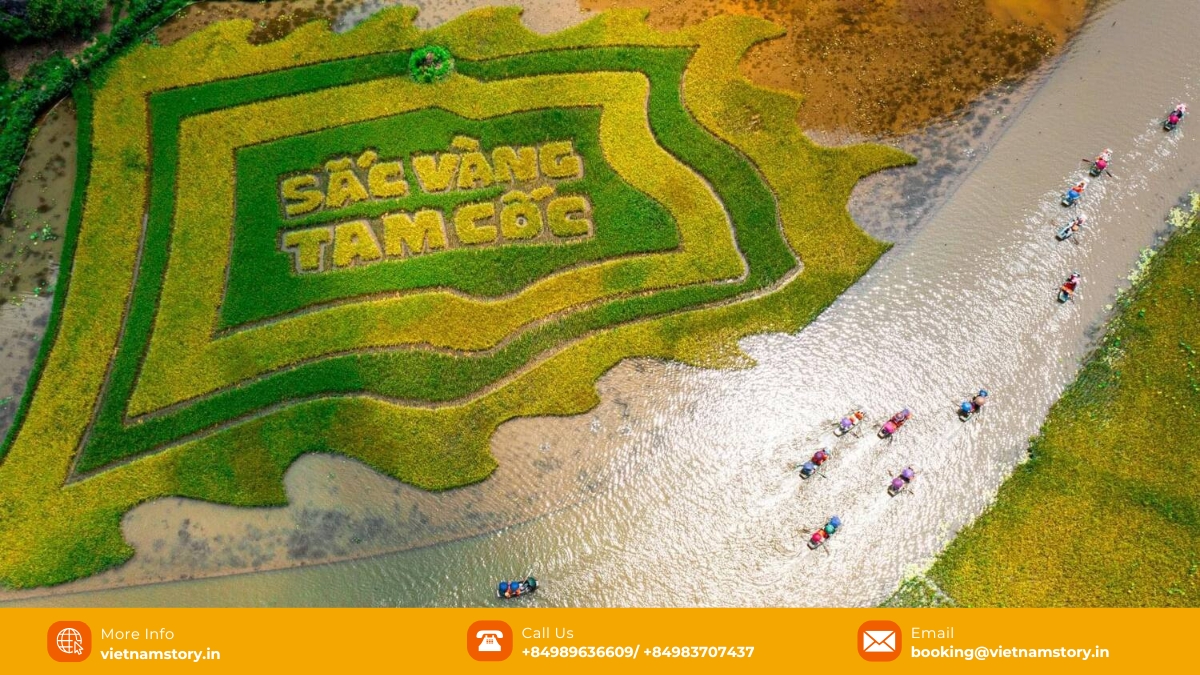
Absolutely! If your itinerary allows (ideally 4-5 extra days minimum, excluding Hanoi), visiting both Ninh Binh and Sapa will give you an incredible and diverse experience of Northern Vietnam’s beauty. You could do Ninh Binh first for 1-2 days, then return to Hanoi to travel to Sapa for 2-3 days.
Conclusion
My dear Indian friends, there’s no right or wrong answer to “Ninh Binh or Sapa – which is better?” Both destinations are magnificent and offer unforgettable experiences. Ninh Binh charms with its unique waterways and historical depth, while Sapa captivates with its towering peaks and rich ethnic tapestry.
Consider what truly excites you, the kind of experiences you seek, and the practicalities of your trip. Whichever you choose, I am certain you will leave with a heart full of beautiful memories of Vietnam.
